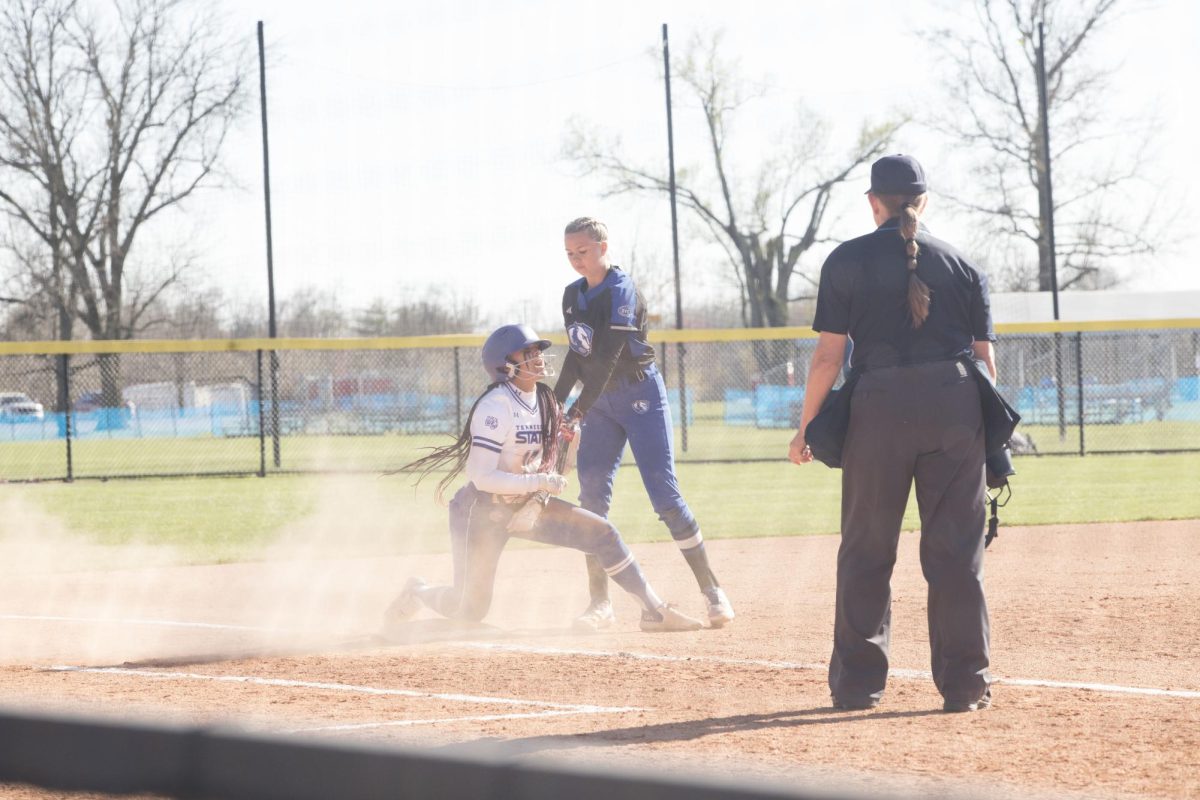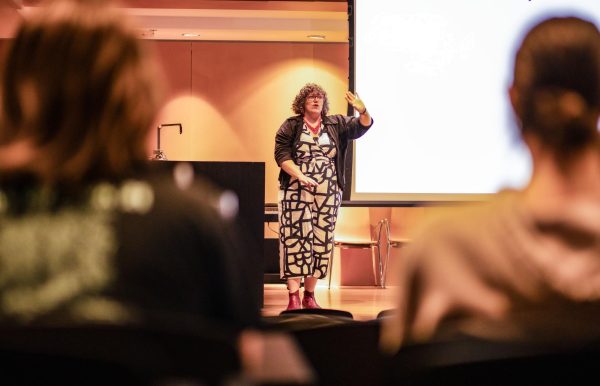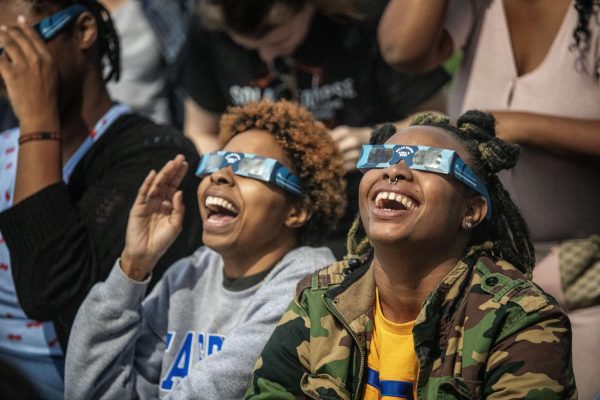Eastern celebrates Halloween
October 31, 2018
In modern America, Halloween is a time for trick-or-treating, pumpkin carving and embracing all that is spooky in the world, but it was not always as simple as that.
Halloween is deeply rooted in history, has been affected by our culture and, consequently, our culture has been affected by it, too.
Professor of history Joy Kammerling said Halloween originated in Ireland as a harvest celebration to pagan gods, known as Samhain.
Kammerling said Irish immigrants brought elements of the Samhain celebration to America sometime in the 19th century, and since then the United States has expanded upon the pagan holiday and created new customs.
Some classic elements of Samhain are currently present in America’s celebration and presentation of Halloween today, Kammerling said.
“Bonfires and pumpkins and owls and black cats; these are all things associated with (Samhain) because it occurred throughout night and it was while people dressed up to celebrate,” she said.
Kammerling said that aspects of the Samhain celebration were carried over to other countries, and as it traveled, its customs and traditions altered as well.
“(Halloween) has of course transformed dozens of times throughout history, and so it comes to the United States, and over at the British Isles (where) they carved turnips,” she said. “Well, (Americans) carve pumpkins.”
Kammerling said consumerism is key to understanding why Halloween is so popular in modern day America.
“We’ve become a society that decorates for every holiday, that buys special clothing for every holiday, that throws parties in honor of every holiday,” she said. “We’ve become far more celebratory and far more consuming.”
According to Kammerling, the money America spends on candy for Halloween alone is in the billions, and it is steadily rising each year.
“Years ago we spent $2 billion a year on candy and stuff for Halloween, but it’s gone up,” she said. “We spend like $4 billion to $6 billion a year, second only to Christmas, on Halloween. Think about that. Such a silly little holiday, and yet we spend so much, but we haven’t always done that. So, that gives you an example of how cultures express themselves over time differently.”
It is no doubt that candy has become an instrumental element of America’s version of Halloween, Kammerling said.
Sofia Martin, a freshman family and consumer sciences major, said eating sweets is probably her favorite part of the holiday.
Senior English major Emily Oldham said she also loves eating candy during Halloween.
“I’m particularly fond of the Reese’s that are shaped like pumpkins,” she said.
Oldham also said she enjoys the fall and harvest-themed specials that restaurants and other facilities offer customers during Halloween time.
When it comes to celebrating, something else Oldham said she used to do is take her cousins trick-or-treating.
Claire Taylor, a grad student majoring in biological sciences, said taking her own son out to trick-or-treat is something she loves most about Halloween.
Taylor said she loved seeing her son get excited about dressing as BB-8 from “Star Wars,” going door-to-door saying “Trick-or-treat” and stocking up on a plethora of sweets.
She said she also never gets tired of the timeless Halloween tradition of carving pumpkins.
“I usually go with, like, a classic jack-o-lantern design, with the triangle eyes, the nose and yeah. I do that every year,” she said. “I like to say that I’m traditional, but it’s more like I’m not that creative and not great at following cut-out designs.”
Logan Raschke can be reached at 581-2812 or at [email protected].













































